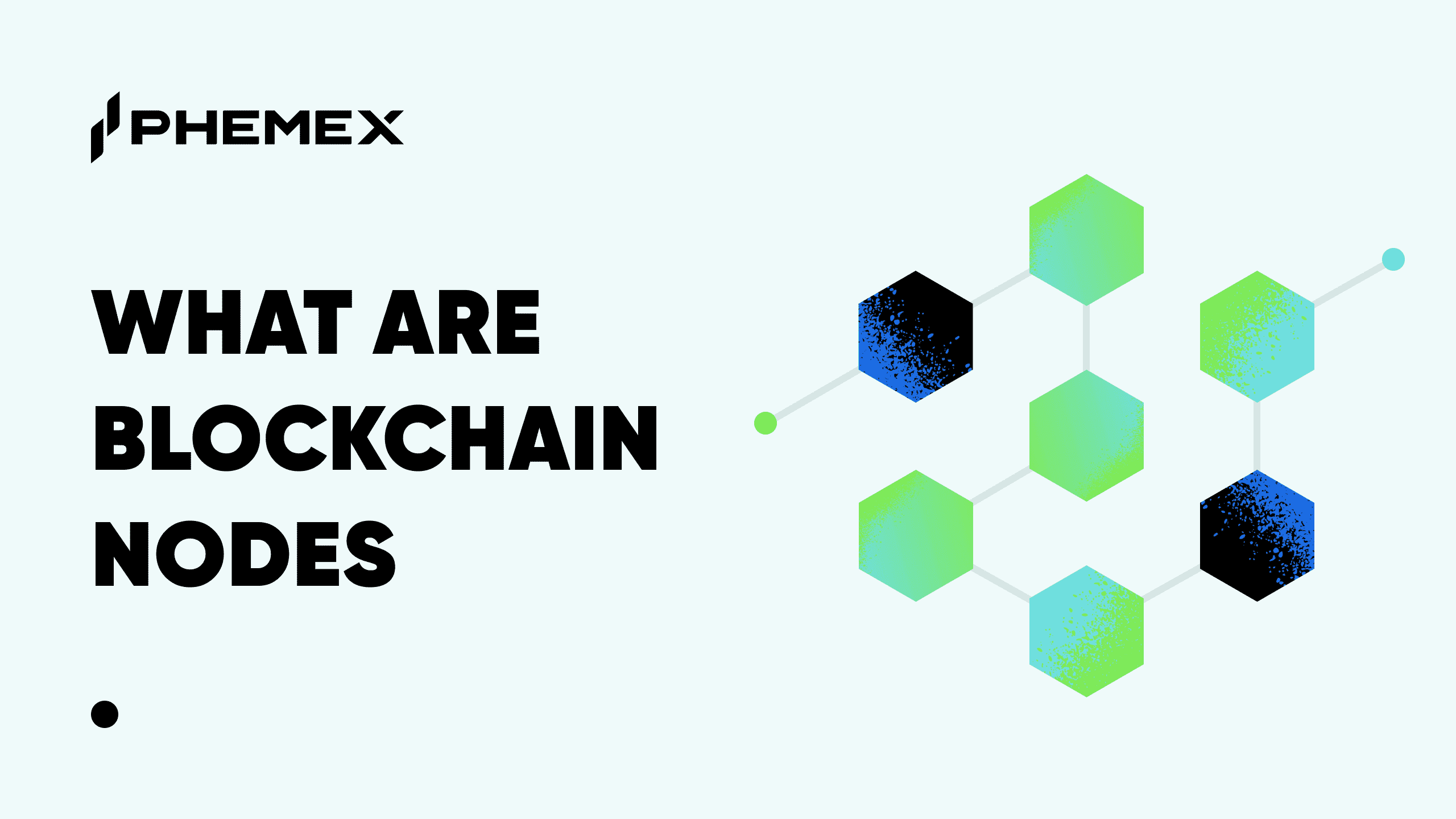Consensus is crucial in the realm of cryptocurrency trading as it fosters trust among participants globally. The absence of a central authority in the decentralized structure of cryptocurrency necessitates a transparent system to mitigate fraud risks for buyers.
For those new to cryptocurrency trading, understanding the role of consensus in blockchain is fundamental.
Continue reading to grasp the essentials of blockchain consensus.
Why Consensus Mechanisms Are Vital
Consensus mechanisms are designed to thwart malicious intentions, such as the infamous "double-spending" issue in cryptocurrency transactions. Imagine a scenario where an unscrupulous party, Anthony, attempts to deceive by sending the same 10 tokens to Bethany and then to Chris. The consensus ensures that all participants agree on the ownership of tokens, so Chris would be aware that Anthony has already transferred those tokens to Bethany.
To successfully execute a double-spend, a malefactor like Anthony would have to convince the network to accept a fabricated transaction history where he has not yet spent the tokens given to Bethany.
Consensus mechanisms address this problem by making the creation of a new block with verified transactions costly and challenging, thus deterring would-be fraudsters.
Moreover, these mechanisms offer incentives to nodes that uphold the network's integrity by proposing legitimate blocks, with rewards given for their efforts. If the network is predominantly operated by honest nodes, the likelihood of Anthony altering the blockchain to retroactively validate his fraudulent transaction is slim.
Diverse Consensus Mechanisms in Cryptocurrency
The vast landscape of cryptocurrency projects has led to the development of various consensus mechanisms, with two of the most predominant being:
Proof of Work (PoW)
Proof of Work (PoW) is the original consensus mechanism adopted by Bitcoin, where validators, often referred to as miners, engage in solving complex cryptographic puzzles. This process, known as mining, validates transactions and creates new blocks. Miners must demonstrate proof of their computational work to add a block to the blockchain. They are rewarded for their efforts with block rewards, which are new coins, and transaction fees paid by users. Bitcoin’s PoW requires significant computational resources, making it secure against attacks as the high energy and hardware costs act as a deterrent. The network adjusts the difficulty of puzzles to ensure a consistent time frame for block creation, which is vital for maintaining the blockchain’s stability and security.
Proof of Stake (PoS)
Proof of Stake (PoS) is a consensus model that was developed to address the resource intensity of PoW. In PoS, validators are selected to create new blocks based on the number of coins they hold and are willing to lock up or "stake" as security. This mechanism eliminates the need for energy-consuming puzzle solving found in PoW. Validators with a higher stake have a greater chance of being chosen to validate transactions and forge new blocks, which means the more one invests in the network, the more one stands to gain—or lose, should they act dishonestly. PoS not only reduces the environmental impact but also encourages validators to maintain network security through financial stake, creating a system where the validators' incentives are closely aligned with the network's well-being.
How consensus works
Consensus in blockchain is essential for maintaining the ledger's integrity and trustworthiness. With Proof-of-Work (PoW) blockchains like Bitcoin, consensus is energy and resource-intensive. Miners, the nodes that validate and propose new blocks, must solve complex cryptographic challenges, essentially competing to generate a specific random number required to unlock the next block. This process demands considerable computational power and energy as miners rapidly generate and test random numbers until they succeed. The first to reach the solution adds the block and receives a reward for their computational 'work'.
In contrast, Proof-of-Stake (PoS) blockchains operate on a different principle. Here, validators are required to 'stake' a certain amount of the blockchain's currency as a form of security. The chances of a validator being chosen to propose a new block correlate with the size of their stake: the more they invest, the higher their chances of earning the right to add a block and claim the reward. However, this system also holds validators accountable; errors or fraudulent activity can lead to penalties, such as losing a portion of their stake or being temporarily or permanently removed from the validator pool.
Read More
- Byzantine Fault Tolerance: Solving Byzantine Generals Problem
- What is Blockchain Technology: The Biggest Misconception About It
- Who Are the Blockchain Validators: Network Users Powering the Blockchain Functionality
- What is Cryptocurrency & How does it Work?
- What is Blockchain Voting & How does it Work?
- What is Blockchain Trilemma: Solving Crypto’s Big Challenge
- What is On-chain in Crypto & How does it Work?
- What Are Smart Contracts on the Blockchain?








